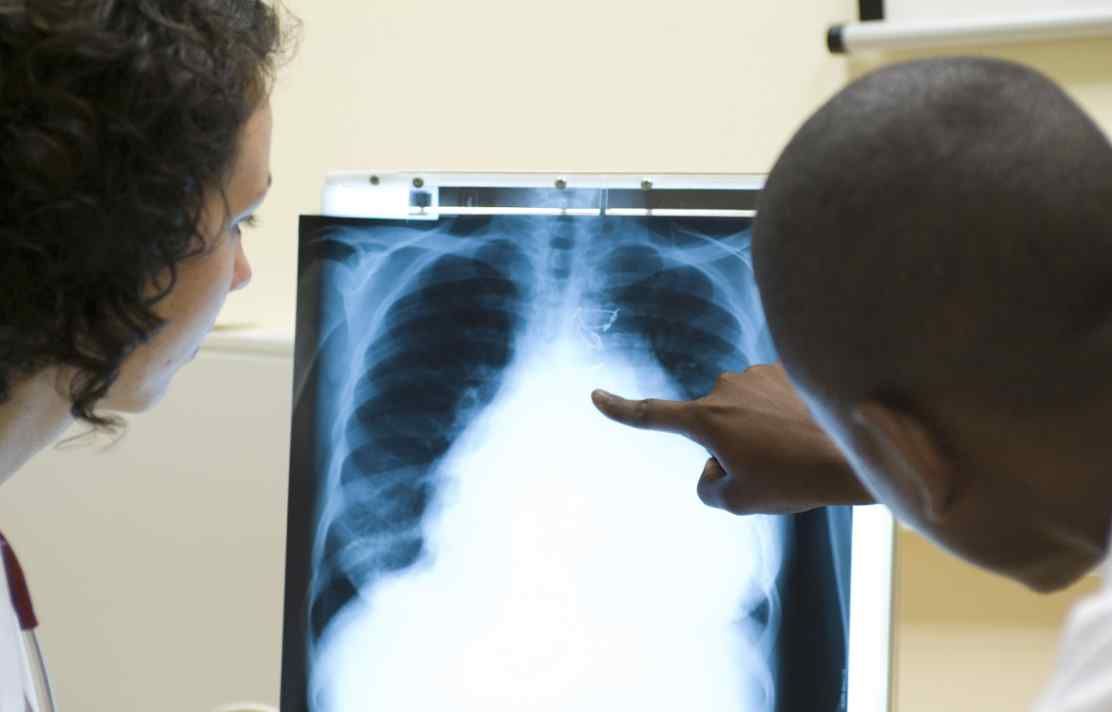BibTex format
@article{Samanta:2020:10.1101/2020.07.12.20150474,
author = {Samanta, R and Dunning, J and Taylor, A and Bayliffe, A and Chambers, R and Chilvers, E and Openshaw, PJM and Summers, C},
doi = {10.1101/2020.07.12.20150474},
journal = {MedRxiv},
title = {Identification of novel mechanistically distinct endotypes of pandemic influenza-associated acute respiratory failure},
url = {http://dx.doi.org/10.1101/2020.07.12.20150474},
year = {2020}
}
RIS format (EndNote, RefMan)
TY - JOUR
AB - Respiratory viral pandemics result in large numbers of cases of acute respiratory failure arising from a single etiology, thus reducing the heterogeneity of precepting insult and allowing improved insight into the variation of host responses. In 2009-2011, an influenza pandemic occurred, with pH1N1 infecting millions of people worldwide. Here, we have used novel bioinformatic methods to combine clinical, protein biomarker, and genomic data from patients with influenza-associated acute respiratory failure to identify three mechanistically discrete sub-types with significantly different clinical outcomes. The three endotypes identified can be described as “neutrophil-driven” (16.3%), “adaptive” (51.9%), and “endothelial leak” (31.7%). The neutrophil driven patients display evidence of innate immune activation with associated multi-organ dysfunction and reduced 30-day survival. These patients could be differentiated from the adaptive endotype by an alteration in the GAIT-mechanism, a late transcriptional regulatory response to IFN-γ that acts to suppress innate immunity by reducing caeruloplasmin mRNA translation. Patients with the neutrophil-driven endotype had significantly increased IFN-γ levels but appeared unable to suppress their innate immune response. The endothelial leak endotype could be distinguished from both the neutrophil driven and adaptive endotypes by alterations in Slit-Robo signalling, a pathway important in the maintenance of endothelial barrier integrity; Although patients with this endotype required mechanical ventilation, they did not develop multi-organ failure in the manner of the neutrophil-driven endotype patients, and had significantly better clinical outcomes. Importantly, the endotypes identified were stable over 48 hours opening up the possibility of stratified interventional clinical trials in the future. <h4>One Sentence Summary</h4> We have identified three new mechanistically
AU - Samanta,R
AU - Dunning,J
AU - Taylor,A
AU - Bayliffe,A
AU - Chambers,R
AU - Chilvers,E
AU - Openshaw,PJM
AU - Summers,C
DO - 10.1101/2020.07.12.20150474
PY - 2020///
TI - Identification of novel mechanistically distinct endotypes of pandemic influenza-associated acute respiratory failure
T2 - MedRxiv
UR - http://dx.doi.org/10.1101/2020.07.12.20150474
ER -
